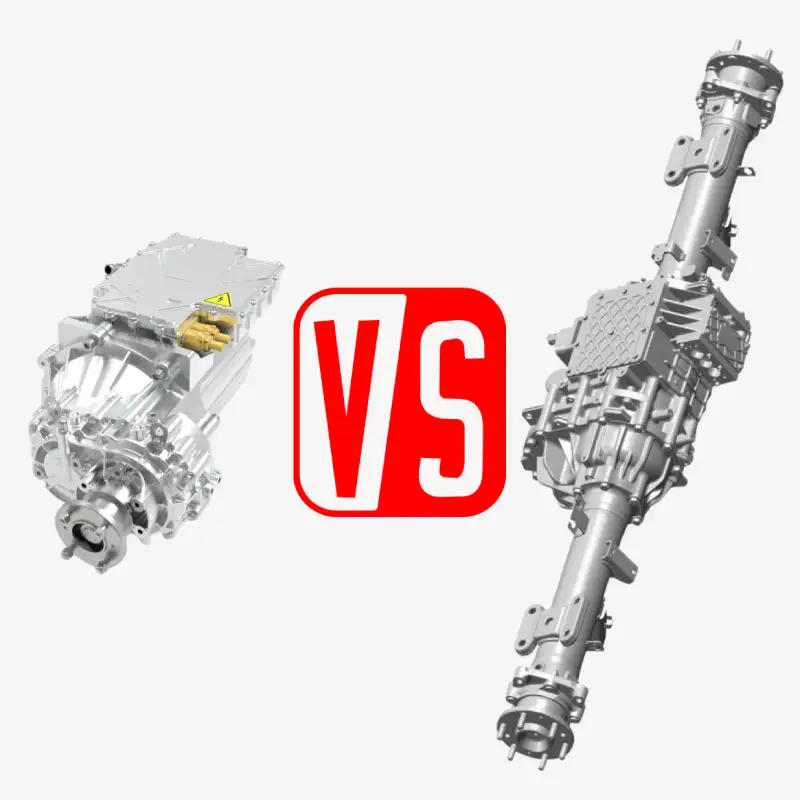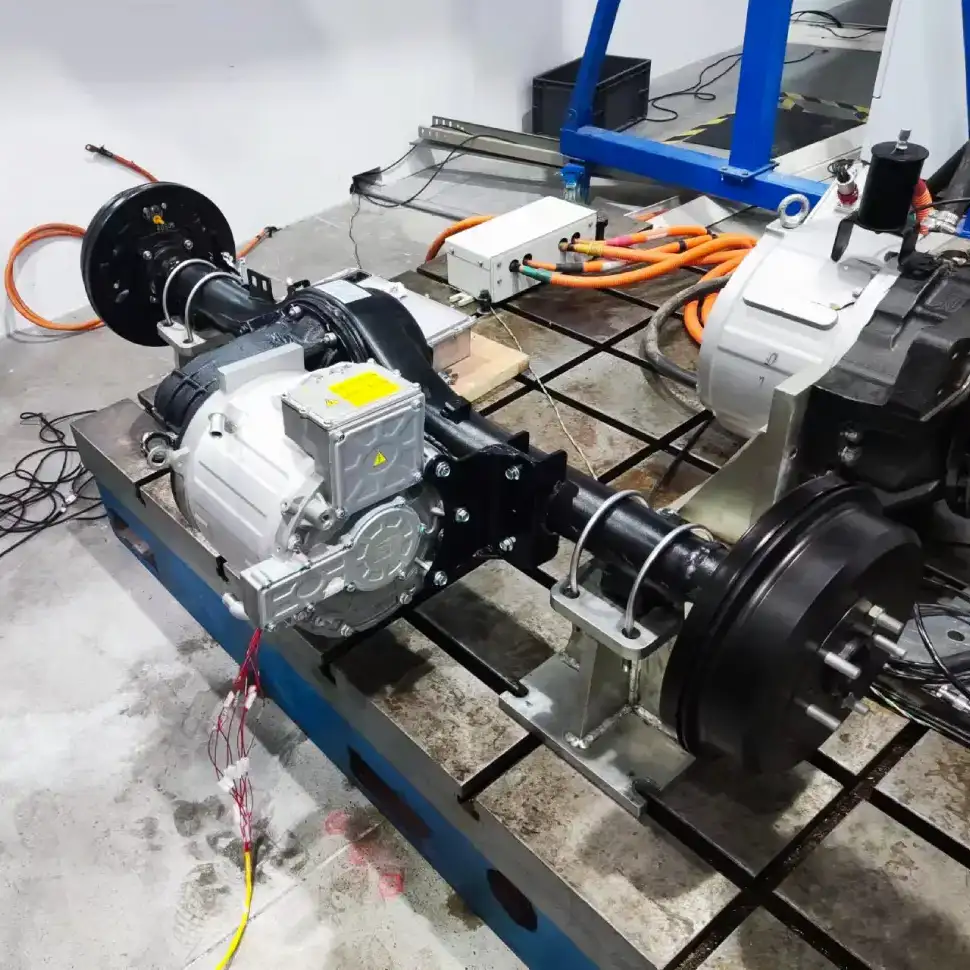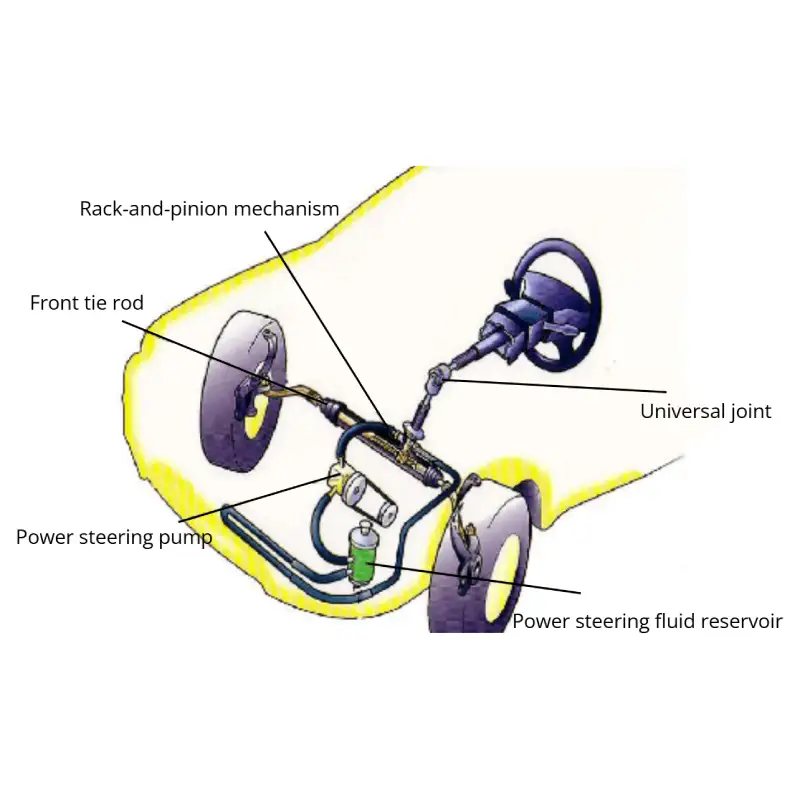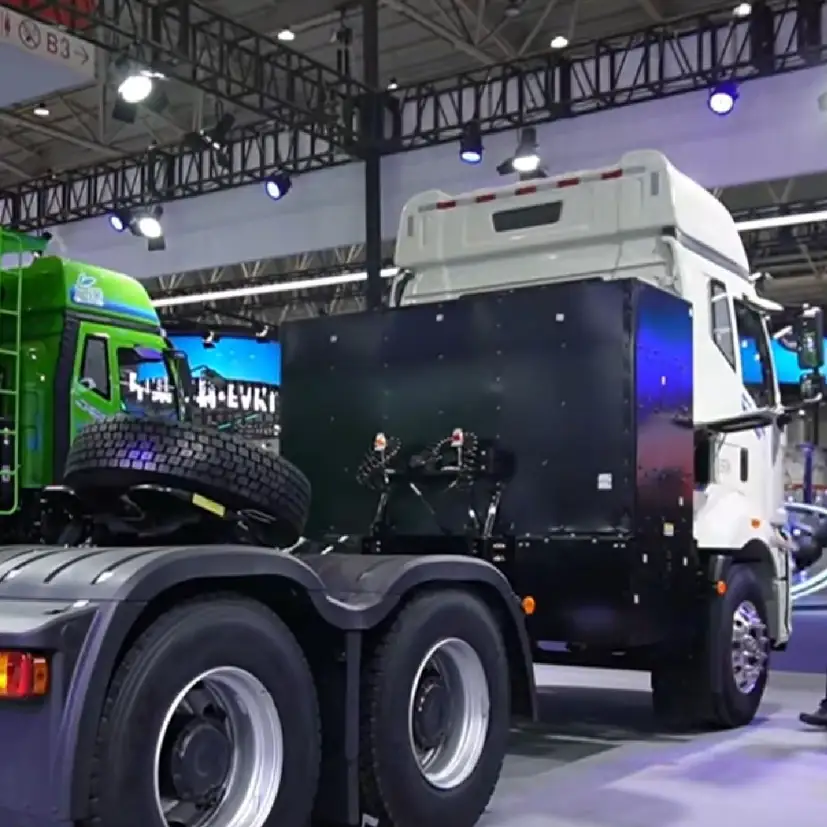Installation Requirements for Onboard Charger (OBC + DCDC)

1. General Requirements
The onboard charger layout must take into full consideration its mechanical and electrical characteristics, adhering to principles such as ease of assembly/disassembly, system size, cost minimization, and strong electromagnetic compatibility.
2. Positioning Requirements for the Onboard Charger
- System-level considerations: The orientation of the OBC should be determined based on its function and characteristics, especially the direction of current flow and coolant piping.
- Sufficient installation space: A minimum clearance of 10 mm must be maintained between the OBC and surrounding components.
- Proximity principle: The wiring harness connections between the OBC and components such as the charging port, PDU, traction battery, and auxiliary battery should be as short as possible.
- Avoid placement near areas of high temperature or excessive moisture.
3. Mounting Requirements for the Onboard Charger
- The OBC should be mounted in a location that allows convenient removal, preferably without the need to lift the entire vehicle.
- Adequate tool access space must be reserved around all mounting points.
4. Connector Position Requirements
Connectors should be positioned as close as possible to the electrical components they are wired to.
The space reserved in the direction of the connector should be at least three times the length of the connector itself, while also ensuring the wiring harness has a sufficient bending radius (greater than 5 times the diameter of the harness).
5. Coolant Circuit Requirements
The highest point of the OBC coolant circuit should be lower than the reservoir tank.
Inlet and outlet hose positions should be oriented according to the direction of coolant flow and placed as close as possible to the corresponding components.
For horizontal installations, either side may serve as the inlet/outlet; for vertical installations, coolant should flow bottom-in, top-out.
The OBC should be positioned upstream of the EDS in the cooling loop.
6. Crash Safety Requirements
The OBC should be located away from high-risk collision zones.
7. Vibration Requirements
The OBC must be positioned away from direct vibration sources such as the engine or suspension system.
The vibration standard for the onboard charger (when installed on body-mounted components above dampers) is an RMS acceleration of 30.8 m/s².
8. Dimensional Chain Requirements
If the OBC mounting bracket consists of multiple parts and is a newly developed component, dimensional chain analysis must be conducted, and mounting hole specifications should be defined accordingly. For existing (carry-over) parts, the design must control dimensional chain deviations to ensure the mounting hole dimensions meet installation requirements.
About Brogen
At Brogen, we provide advanced EV solutions for global commercial vehicle manufacturers, enabling them to streamline research and development while capitalizing on cutting-edge technology. Our offerings ensure superior efficiency, extended range, and seamless system integration with proven reliability—empowering our partners to lead in the rapidly evolving green mobility landscape.
Currently, our EV solutions have been adopted by vehicle manufacturers in countries and regions such as Canada, Türkiye, Brazil, the Philippines, Indonesia, the Middle East, and more.
- Discover our Onboard Charger & DCDC solutions here: https://brogenevsolution.com/obc-dcdc-pdu/
- Looking for an EV solution for your project? Reach out to us at contact@brogenevsolution.com
Contact Us
Get in touch with us by sending us an email, using the Whatsapp number below, or filling in the form below. We usually reply within 2 business days.
Email: contact@brogenevsolution.com
Respond within 1 business day
Whatsapp: +8619352173376
Business hours: 9 am to 6 pm, GMT+8, Mon. to Fri.
LinkedIn channel
Follow us for regular updates >
YouTube channel
Ev systems introduction & industry insights >



